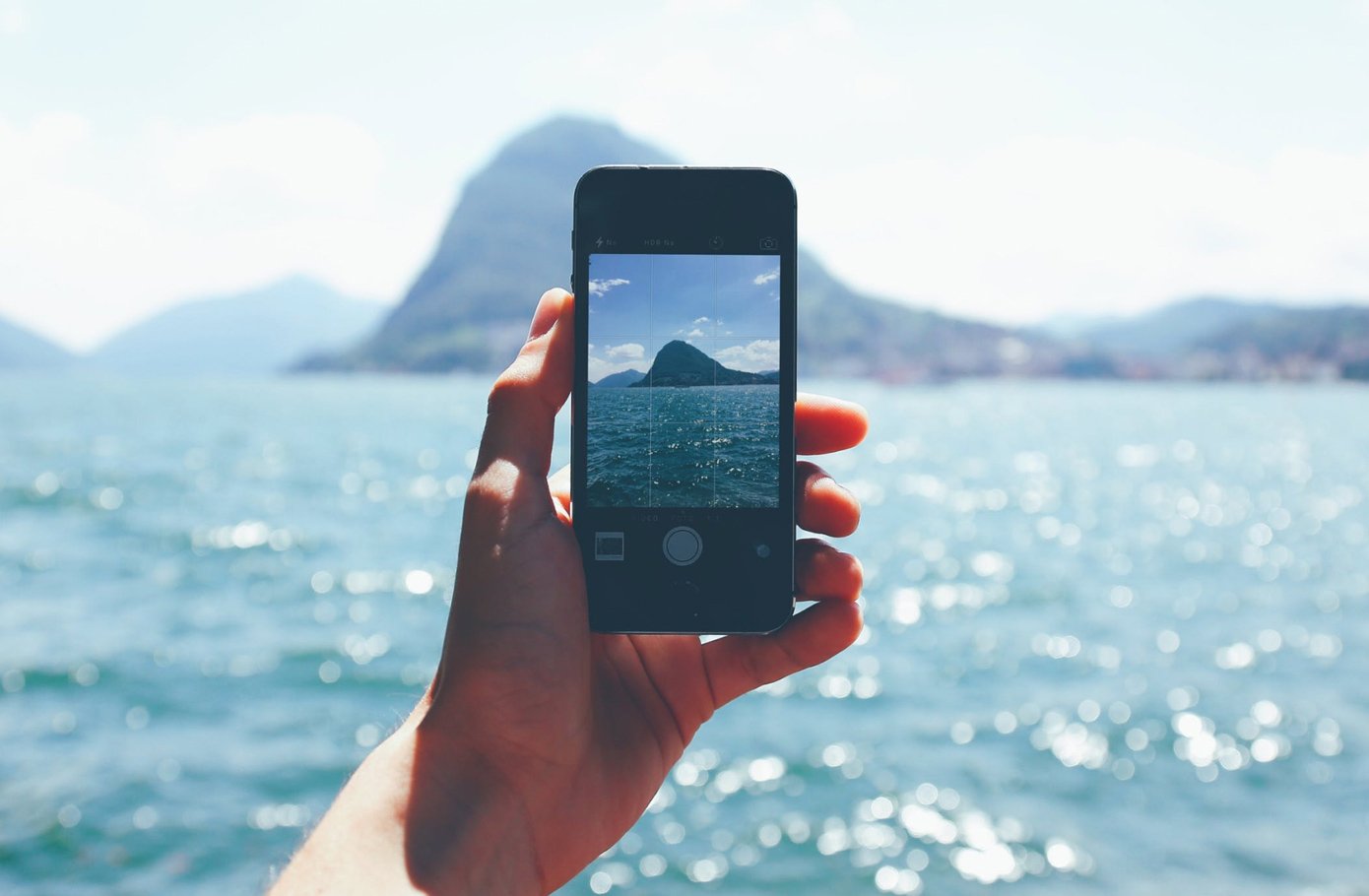The future of user-generated content for travel brands.
January 16, 2019

Let’s start with a simple, uncontested truth: user-generated content drives bookings. Period. End of story. Case closed.
Study after study has born this out, so we won’t belabor this fact. What is worth further exploration, however, is just how user-generated content works, and how it can optimized to best suit your brand.
Here are a few guiding principles for putting it to good use.
1. Not all user-generated content is created equal
Just because a traveler posted it doesn’t guarantee that others will be inspired by it; what fires one person up might mean nothing to another. In this regard, it’s important to measure how people respond to different types of content, and optimize accordingly.
Crowdriff, a Toronto-based tech company, knows this as well as anyone. They specialize in helping travel marketers curate user-generated content galleries based on performance, ensuring that the most impactful content gets seen by the right audiences. And with over 500 travel and tourism brands using the platform worldwide, it appears that they're onto something.
2. Curate diverse experiences
While it’s important to optimize for impact, it’s also critical that you curate a diverse range of experiences. That beach shot at sunset might be dazzling, but if that’s all you’ve got in your content gallery, you’re in for trouble.
Many people flip through travel content galleries at a breakneck speed, which means the more variety you can present in a short amount of time, the more likely it is that a potential traveler will see something that appeals to them.
3. Authenticity is key
There’s a reason why 70% of leisure travelers cite reviews as key in their decision making processes. People want to see real experiences by real people like them. This has led some brands to do what was once unthinkable: elevate user-generated content to the brand level, and leaving the slick, professionally-produced stuff for the brochures and rack cards.
At the very least, leisure travel marketers must understand what kinds of content people respond to at different points in their decision making process. In many cases, the more real it is, the better.
4. Invite the creators in
You’d be amazed at how willing fans of your brand will be to provide their content directly to you. So why not ask them for it? Create photo and video contests, or use deals and promotions to incentivize uploads.
AFAR, one of the hottest online travel publications in the business, has taken this to heart. The pub features user-generated content and reviews throughout its travel guide sections. And a recent AFAR photo contest resulted in over 20,000 entries, all feeding into its library of user-generated content.
And the same goes for locals; travelers love to get the native take on a destination, so encourage locals to submit their own stories and content. Before you know it, you’ll have a gallery full of rich, user-generated content, at a tiny fraction of the price it once took to take a few, glorious, professional photos.



